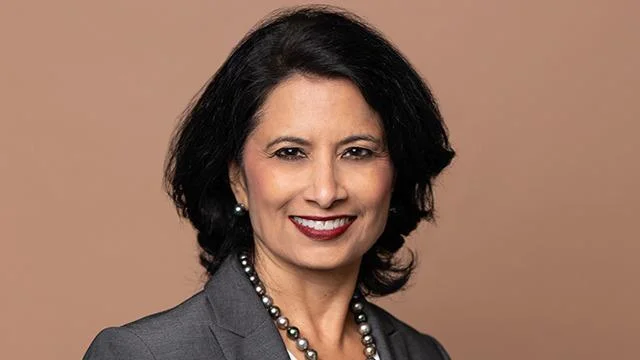University of Houston President Renu Khator delivered the annual State of the University address on October 8, outlining a strategic vision for the institution amid ongoing challenges in higher education. Addressing faculty, staff, students, and supporters, Khator spoke about national issues such as declining public trust in universities, demographic changes, and financial constraints.
“Today, I am here to show you — with data and evidence — that you matter, that your work matters and that our mission matters. Our mission is clear: We are in the business of transforming lives, and we are doing so,” said Khator.
Khator reported significant growth at UH. The university welcomed 6,700 freshmen this fall—its largest class ever—and total enrollment is approaching 49,000 students. The increased demand for campus housing has led to construction on a new residence hall with 1,000 beds.
“UH has fast become the university of first choice for many Texans,” Khator said. “Despite our growth, we have remained committed to our mission of providing opportunities to first-generation college students.”
The university’s research activities also continue to expand. Research expenditures reached $279 million this year, including $126 million from federal sources. The College of Pharmacy is ranked No. 25 nationally for National Institutes of Health-funded research while the College of Optometry leads Texas in federally funded eye research.
Student success remains a key focus area. Khator highlighted efforts to improve graduation rates and introduced a new initiative led by Provost Diane Chase aimed at building a “Four-Year Graduation Culture.” This program will use AI-powered tools to provide continuous support for students throughout their academic journey.
“We are making a commitment to provide the level of support and the type of culture that further empowers students to graduate in four years and be meaningfully employed upon graduation,” she stated.
Khator recognized faculty achievements in national and international arenas as well as student accomplishments both academically and athletically. She noted that UH student-athletes achieved an average GPA of 3.26 during spring 2025 and highlighted scholarship recipients Kalena Holeman (Gates Cambridge Scholar) and Mielad Ziaee (Marshall Scholar).
On athletics, she addressed recent changes affecting college sports: “The landscape of college sports is changing at a dizzying speed with NIL, the transfer portal and revenue sharing. The time to debate whether it is good or bad or whether the rules are fair or unfair is over — it is time for us to play our best game,” said Khator.
She also mentioned global recognition from UH-led research discoveries such as finding the tomb of Caracol’s first king in Belize—a project led by Provost Diane Chase and Professor Arlen Chase—which was covered by major media outlets like The New York Times and National Geographic.
Looking ahead to its centennial celebration, UH plans nearly $1 billion in construction projects including new facilities like the Medical Research Building, Innovation Hub, and Centennial Hall. There will be legislative efforts toward designating UH as a Health Science Center by 2027—a move intended to strengthen interdisciplinary health research—and continued expansion into Katy and Sugar Land where enrollment has grown significantly.
Throughout her remarks Khator emphasized purpose-driven transformation: “If you ever feel discouraged or disillusioned, think of the impact you have made in just the last five years,” she told attendees.
She concluded by urging adaptation amid change: “Yes, we have challenges, unprecedented and unparalleled, but we also have opportunities — new and exciting,” Khator said. “The headwinds you see can be turned into tailwinds with the determination and grit that is known to be in the Cougar DNA. Chaos can force the emergence of new leaders who are nimble and agile … and that’s who we are.”

